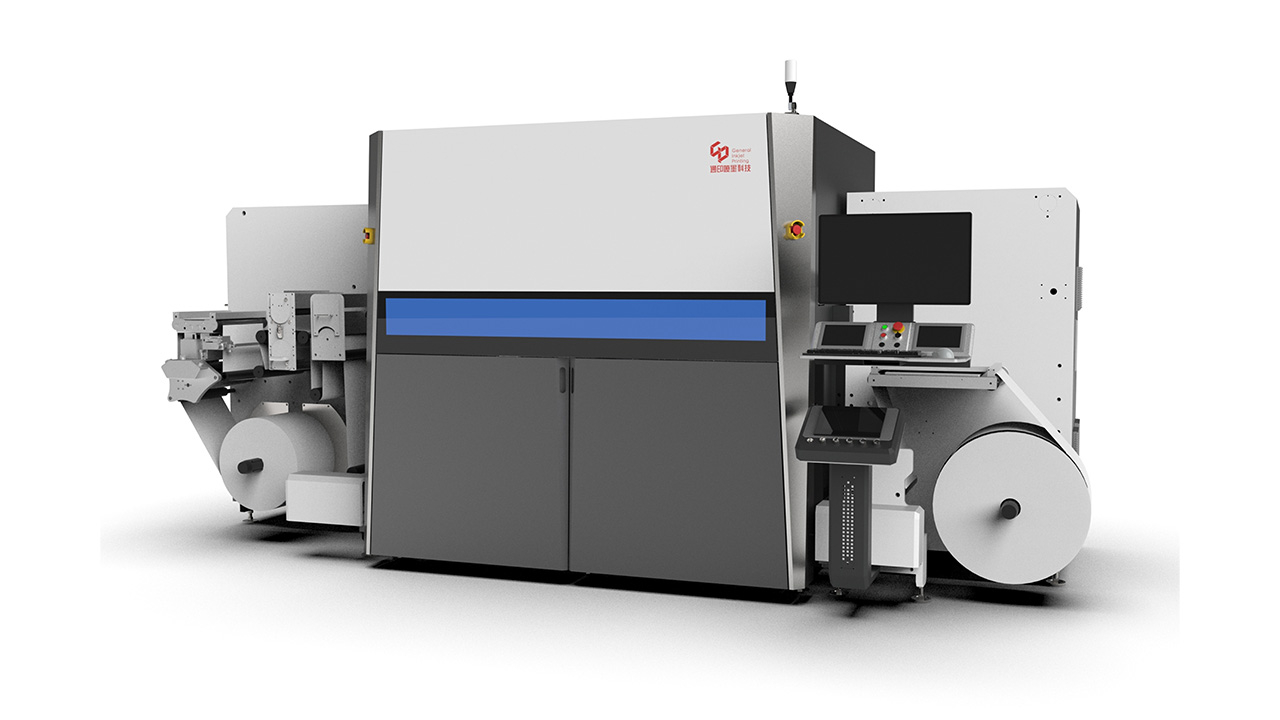Indian government focuses on packaging exports

The Indian Institute of Packaging, an autonomous body under the Ministry of Commerce & Industry, Government of India, works closely with various government bodies and the packaging industries to promote the export market and to improve national packaging standards. This technical organization is involved in the testing of packaging materials and training and education in the sector. Actively engaged in research, the institute develops new packaging testing methods in its NABL (National Accreditation Board for Testing and Calibration Laboratories) accredited in-house laboratory.
Working with the government, commodity boards, associations and packaging companies, Dr N C Saha, director of the Indian Institute of Packaging, believes that India is on its way to becoming a manufacturing hub: ‘The Indian packaging sector comprises 90 percent of small and medium size industries. However, the other 10 percent that encompasses large scale industries is getting into collaborations and joint ventures to scale growth.’
He reports that the packaging sector in India is growing at an annual rate of 13 to 15 percent. According to a WPO report released in March 2014, the global packaging industry is valued at 750 billion USD while the Indian packaging industry stands at about Rs 1,30,000 crore (24.6 billion USD). ‘There is huge scope for growth in the Indian packaging industry considering our per capita consumption which is one of the world’s lowest at 12kg per person. Consumption in the US is the highest at 71kg per person, whereas Germany consumes 41kg of packaging per person per year.’
To increase consumption, it is important that more products are packaged before reaching the market. The government is also focusing on increasing export to grow the industry. Dr Saha says, ‘India’s international food trade stands at about 1.5 percent of overall export of processed foods. However, the average growth rate is seven percent which includes two percent fruit and vegetables and 15 percent processed milk. The Food Processing Ministry is working on giving incentives to facilitate growth that will increase food export.’
Indian packaged food and FMCG products face stiff competition from low taxation countries such as China and Thailand. ‘All our packaging material is excisable. This is a challenge as it has a cascading effect on exports. The Food Processing Ministry is in discussion for reducing excise duty on exports,’ says Dr Saha.
Standardization
According to a report by Price Waterhouse Cooper (PWC), the Indian pharmaceutical industry is expected to grow at 15 to 20 percent CAGR and reach between 50 billion USD and 74 billion USD in the next decade.
This would require innovations in packaging and labeling. Dr Saha comments, ‘Though pharma is a regulated market, products are packaged as demanded by the importer. Packaging used for blister packs and strips varies from company to company.’ The Indian Institute of Packaging, along with the Pharmaceuticals Export Promotion Council of India (Pharmexcil), is working on standardizing the thickness and material for exports in pharmaceutical industry. ‘After talking to pharma companies in India, we found that lack of standardization is a problem in the industry. Currently, the market in India is only driven by competitive pricing,’ Dr Saha reveals.
Thus, to facilitate better growth, the Ministry of Commerce in India has suggested standardizing packaging across a wide range of categories for the export market. ‘Our target is to standardize packaging of 500 commodities in the next ten years. In February I submitted a report on suggested packaging standardization for 60 products including tea, coffee, spices, handloom, among others. It is an important step to increase exports.’
Stay up to date
Subscribe to the free Label News newsletter and receive the latest content every week. We'll never share your email address.

